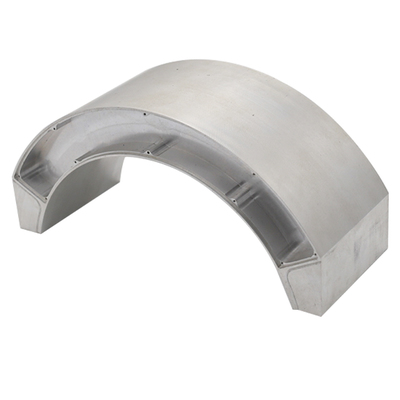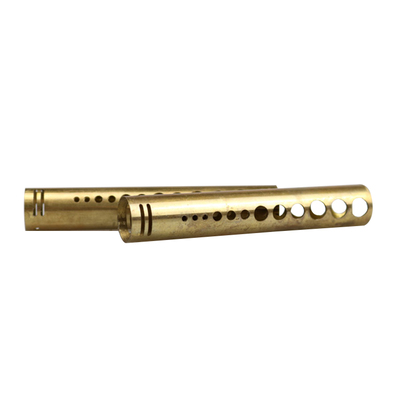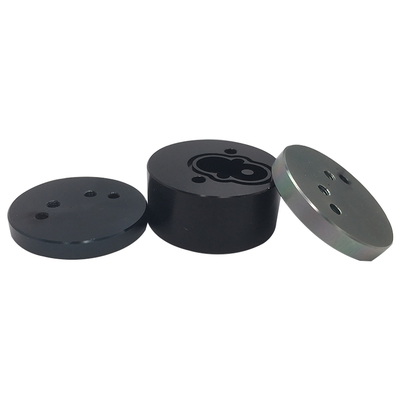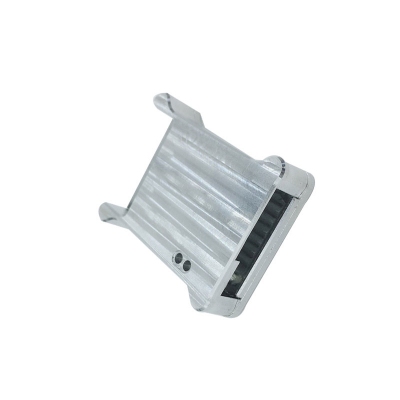3D printed electronic fibers can be used to make wearable breathing sensors
Researchers at the University of Cambridge used 3D printing technology (also known as additive manufacturing) to create electronic fibers, each of which is 100 times thinner than human hair, creating a sensor that surpasses traditional film-based equipment.
Fiber printing technology has been published in the journal "Science Advances" ("Airborne Fiber Printing for Arrays and 3D Optoelectronics and Sensing Architecture") and can be used to manufacture non-contact, wearable portable breathing sensors. These printed sensors have high sensitivity and low cost, and can be connected to mobile phones to collect breathing pattern information, sound and images at the same time.
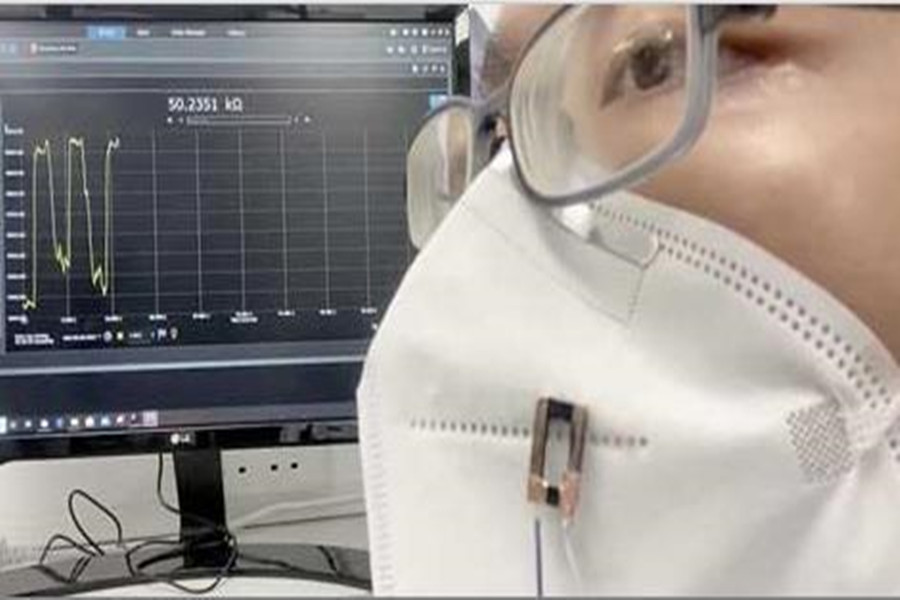
The first author Andy Wang (Andy Wang) is a PhD student from the Department of Engineering at the University of Cambridge. He used a fiber sensor to test the amount of breath moisture leaking through the face covering to detect normal breathing, rapid breathing and simulated coughing. Breathing conditions. Fiber optic sensors are significantly better than similar commercial sensors, especially in monitoring rapid breathing, especially in repetitive shortness of breath.
The fiber optic sensor attached to the face mask detects human breathing with high sensitivity and responsiveness. Picture: Andy Wang
Although fiber-optic sensors have not been designed to detect virus particles, scientific evidence increasingly shows that virus particles such as coronaviruses can be transmitted through respiratory droplets and aerosols, thereby measuring respiratory leaks through different types of respiratory tracts. The amount and direction of moisture. Facial covering can be used as an indicator of "weakness" protection.
The research team found that most of the leaks from fabric or surgical masks came from the front, especially when coughing, while most of the leaks from N95 masks came from the top and sides with tight fittings. However, both types of masks help reduce the flow of exhalation when worn correctly.
Compared with traditional thin film technology, sensors made of small conductive fibers are particularly useful for volume sensing of 3D fluids and gases, but so far, printing and integrating them into devices and manufacturing them on a large scale has been a challenge. . ", said Dr. Yan Yan Shery Huang from the Cambridge Engineering Department who was in charge of this research.
Huang and her colleagues 3D printed composite fibers made of silver and/or semiconducting polymers. This fiber printing technology can form a core-shell fiber structure, and its high-purity conductive fiber core is wrapped by a thin protective polymer sheath, similar to the structure of an ordinary wire, but only a few microns in diameter.
In addition to breathing sensors, printing technology can also be used to make biocompatible fibers similar in size to biological cells, so that they can guide cell movement and "perceive" this dynamic process as electrical signals. Moreover, the fibers are so thin that they are invisible to the naked eye, so when they are used to connect small 3D electronic components, it seems that electrons "float" in the air.
Huang said: "Our fiber optic sensors are lightweight, inexpensive, small and easy to use, so it is possible to convert them into home test equipment to enable the public to conduct self-managed tests to obtain information about their environment."
The team hopes to develop this fiber printing technology for a variety of multi-functional sensors, which may detect more respiratory species for mobile health monitoring or biomachine interface applications.
Link to this article: 3D printed electronic fibers can be used to make wearable breathing sensors
Reprint Statement: If there are no special instructions, all articles on this site are original. Please indicate the source for reprinting:https://www.cncmachiningptj.com/,thanks!
 PTJ® provides a full range of Custom Precision cnc machining china services.ISO 9001:2015 &AS-9100 certified. Large scale machining Manufacturer of medical bags, providing 3D design, prototype and global delivery services. Also offering hard cases, semi-hard EVA, soft-sewn cases, pouches and more for OEMs. All cases are made custom according to specifications with infinite combinations of materials, molds, pockets, loops, zippers, handles, logos and accessories. Shockproof, water-resistant and eco-friendly options. Medical parts, emergency response, Electronic parts, corporate, education, military, security, sports, outdoors and construction industries. Services include case concept consultation, 3D design, prototyping,rototyping,CNC Drilling Services and manufacturing.Tell us a little about your project’s budget and expected delivery time. We will strategize with you to provide the most cost-effective services to help you reach your target,You are welcome to contact us directly ( sales@pintejin.com ) .
PTJ® provides a full range of Custom Precision cnc machining china services.ISO 9001:2015 &AS-9100 certified. Large scale machining Manufacturer of medical bags, providing 3D design, prototype and global delivery services. Also offering hard cases, semi-hard EVA, soft-sewn cases, pouches and more for OEMs. All cases are made custom according to specifications with infinite combinations of materials, molds, pockets, loops, zippers, handles, logos and accessories. Shockproof, water-resistant and eco-friendly options. Medical parts, emergency response, Electronic parts, corporate, education, military, security, sports, outdoors and construction industries. Services include case concept consultation, 3D design, prototyping,rototyping,CNC Drilling Services and manufacturing.Tell us a little about your project’s budget and expected delivery time. We will strategize with you to provide the most cost-effective services to help you reach your target,You are welcome to contact us directly ( sales@pintejin.com ) .

- 5 Axis Machining
- Cnc Milling
- Cnc Turning
- Machining Industries
- Machining Process
- Surface Treatment
- Metal Machining
- Plastic Machining
- Powder Metallurgy Mold
- Die Casting
- Parts Gallery
- Auto Metal Parts
- Machinery Parts
- LED Heatsink
- Building Parts
- Mobile Parts
- Medical Parts
- Electronic Parts
- Tailored Machining
- Bicycle Parts
- Aluminum Machining
- Titanium Machining
- Stainless Steel Machining
- Copper Machining
- Brass Machining
- Super Alloy Machining
- Peek Machining
- UHMW Machining
- Unilate Machining
- PA6 Machining
- PPS Machining
- Teflon Machining
- Inconel Machining
- Tool Steel Machining
- More Material

